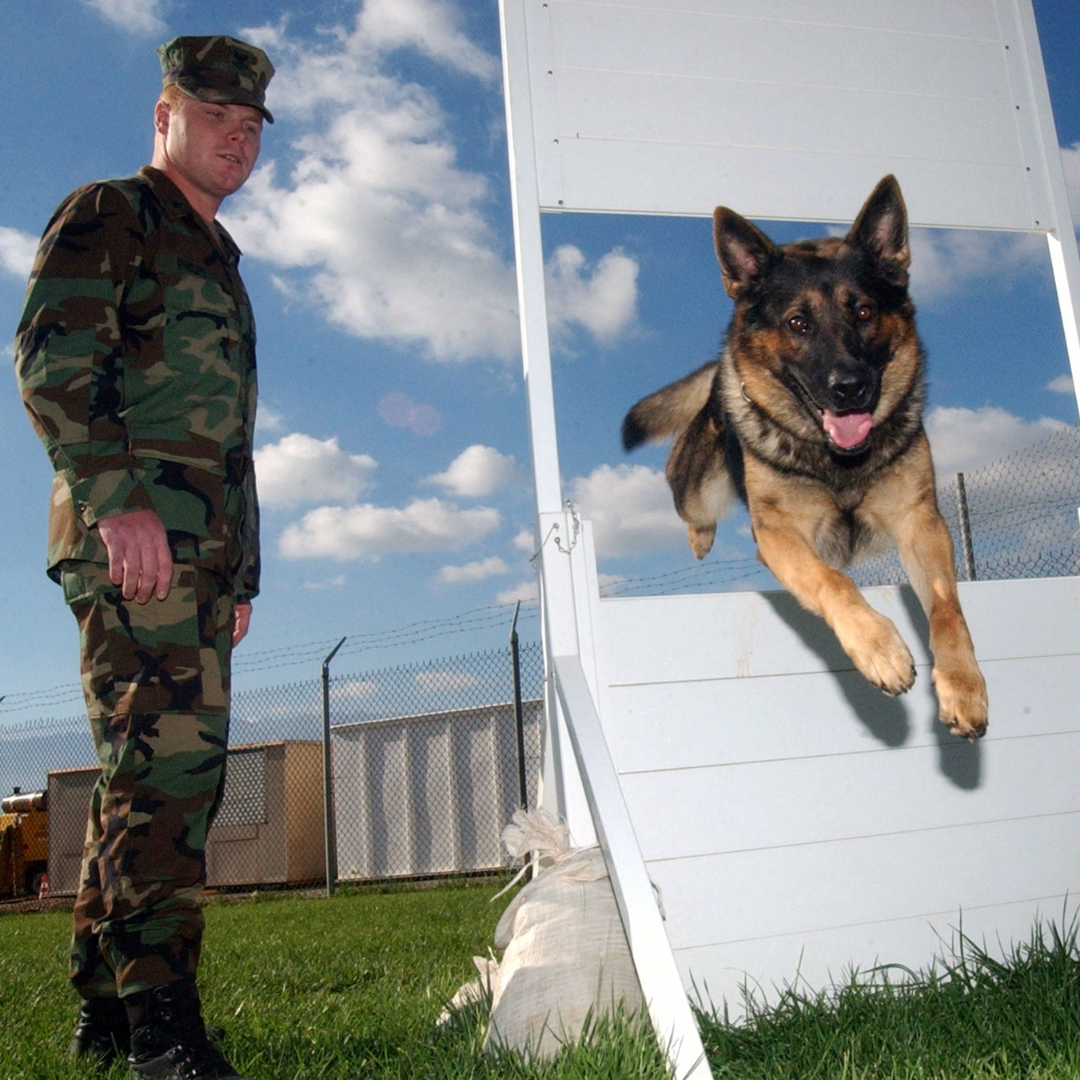Unlock the Secrets of Reliable Dog Training Near Me for a Happier Pet
Unlock the Secrets of Reliable Dog Training Near Me for a Happier Pet
Blog Article
Unlock Your Pet dog's Possible: Proven Pet Dog Training Techniques for Success
Effective canine training is a nuanced process that pivots on comprehending canine habits and utilizing scientifically backed strategies. By incorporating favorable support, establishing clear commands, and focusing on socializing, pet dog proprietors can grow an efficient relationship with their pets.
Recognizing Canine Actions
Recognizing pet dog habits is essential for efficient training and fostering a favorable relationship between canines and their owners. An extensive grasp of canine body movement, vocalizations, and social communications is critical for recognizing their needs and feelings. Pet dogs interact largely through non-verbal cues; as an example, a wagging tail may indicate excitement, while pinned ears can signal worry or submission.

Additionally, ecological variables play a considerable role in forming a canine's actions. Adjustments in routine, brand-new environments, or the visibility of unknown individuals can bring about stress and anxiety or anxiety in pets. Identifying these triggers allows owners to minimize negative reactions and create appropriate training strategies.
Inevitably, a deep understanding of pet dog behavior lays the foundation for successful training approaches, enhancing both actions and the total bond between the canine and its owner. dog training charlotte. This understanding is important for fostering a well-adjusted, delighted canine companion
Positive Support Techniques
Reliable training depends greatly on favorable reinforcement techniques, which have been shown to generate substantial lead to forming desired habits in pets. This approach includes compensating a pet dog for displaying particular actions, consequently raising the possibility that these actions will certainly be duplicated. Incentives can take various kinds, including deals with, praise, playthings, or play, relying on what inspires the individual pet.

It is important to slowly eliminate incentives as the dog discovers the habits, transitioning to periodic reinforcement. This approach keeps the actions gradually while protecting against dependency on continuous benefits. By concentrating on positive support, fitness instructors can grow a trusting relationship with their pets, promoting a healthy and balanced and participating training environment that boosts total obedience and performance.
Establishing Regular Commands
A fundamental element of effective canine training is the establishment of consistent commands. Uniformity in commands is important for effective interaction in between the pet and the fitness instructor. When commands are consistent, pet dogs learn to link particular words with wanted habits, which increases the training procedure and enhances understanding.
To develop regular commands, it is necessary that all household members make use of the same terminology and motions. For instance, if one person makes use of "rest" while one more says "take a seat," it can produce complication for the pet dog. Select clear, distinctive words for commands and make certain everyone associated with the canine's training complies with these choices.
Reinforce commands via frequent technique, ensuring that the canine receives adequate opportunities to respond properly. When a pet successfully follows a command, immediate positive reinforcement needs to comply with.
Lastly, hold your horses. Establishing constant commands takes time and effort. With dedication and clarity, you will certainly aid your pet dog create a strong understanding of expectations, ultimately leading to a mannerly companion.
Socializing and Exposure
Interacting socially a pet dog is crucial for promoting a well-adjusted and confident friend. This process entails subjecting your dog to a selection of atmospheres, individuals, and various other pets to develop their social abilities and flexibility. Early socialization, ideally in between the ages of three to fourteen weeks, is critical, as it lays the groundwork for a canine's future behavior.
Throughout socialization, objective to provide favorable experiences in various setups, such as parks, busy streets, and homes with various other pet dogs. Present your pet to numerous stimuli, including noises, views, and scents, ensuring that each encounter is rewarding. This exposure aids minimize worry and stress and anxiety, paving the method for a much more resistant pet dog.
Involving in regulated group play sessions with other canines can likewise enhance social abilities, instructing your pet dog appropriate communications and limits. Prioritizing socializing will significantly add to your dog's total joy and behavior useful reference throughout their life.
Conquering Common Educating Challenges

One more constant concern is disturbance. Pets may battle to concentrate in busy or unfamiliar settings. Slowly desensitize your dog to diversions by beginning training in a quiet atmosphere and gradually presenting more stimuli as they end up being skilled (dog training charlotte). Positive reinforcement methods, such as deals with and praise, can maintain inspiration and emphasis.
Furthermore, behavioral issues like jumping or excessive barking can end up being frustrating. Address these by showing alternate behaviors, such as resting steadly when greeting guests. Uniformity and persistence are important; reinforce desired behaviors constantly and avoid abuse, which can lead to complication.
Finally, acknowledge that each pet dog is one-of-a-kind, and training timelines may vary. Tailor your strategy to your dog's specific demands, and look for specialist guidance if essential. With perseverance and the appropriate methods, getting rid of these obstacles can lead to a well-trained, pleased canine buddy.
Final Thought
In verdict, unlocking a pet's potential requires a comprehensive technique that integrates an understanding of canine behavior, the application of positive support strategies, and the facility of constant commands. Early socializing and direct exposure to diverse environments additionally improve a dog's versatility and confidence. By resolving common training challenges with tailored strategies and patience, a unified and cooperative partnership between canine and trainer can be fostered, eventually leading to a well-behaved buddy efficient in growing in different circumstances.
Efficient canine training is a nuanced procedure that hinges on comprehending canine habits and employing Web Site scientifically backed methods.Comprehending dog behavior is important for reliable training and cultivating a favorable connection in between dogs and their proprietors.Reliable training relies heavily on favorable support techniques, which have been revealed to generate considerable results in forming desired actions in pets. When commands are uniform, dogs discover to link particular words with preferred habits, which speeds pet training near me up the training procedure and improves understanding.
In conclusion, opening a pet dog's possible necessitates a comprehensive approach that integrates an understanding of canine actions, the application of favorable reinforcement methods, and the facility of consistent commands.
Report this page